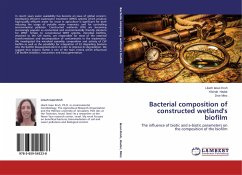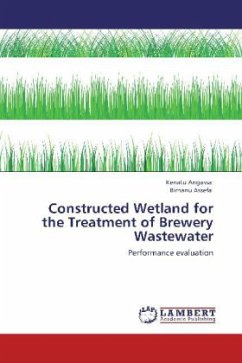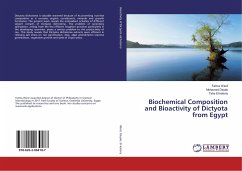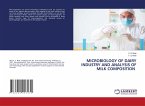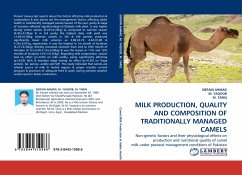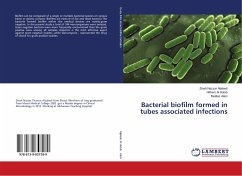In recent years water availability has become an issue of global concern. Developing efficient wastewater treatment (WWT) systems which produce high-quality effluent water for reuse in agriculture is significant for both reducing the usage of potable water reservoirs, and for controlling environmental pollution. Constructed wetlands (CW) are becoming increasingly popular as economical and environmentally friendly solutions for WWT. Similar to conventional WWT systems, microbial biofilms, attached to the CW matrix, are responsible for most of the essential transformations and decomposition of contaminants in the wastewater. We investigated the microbial assembly, composition and activity of CW biofilm as well as the possibility for integration of E2 degrading bacteria into the biofilm (bioaugmentation) in order to improve its degradetion. We suggest that organic matter is one of the main criteria which influenced CW biofilm initiation, maturation and bioaugmentation.
Bitte wählen Sie Ihr Anliegen aus.
Rechnungen
Retourenschein anfordern
Bestellstatus
Storno

